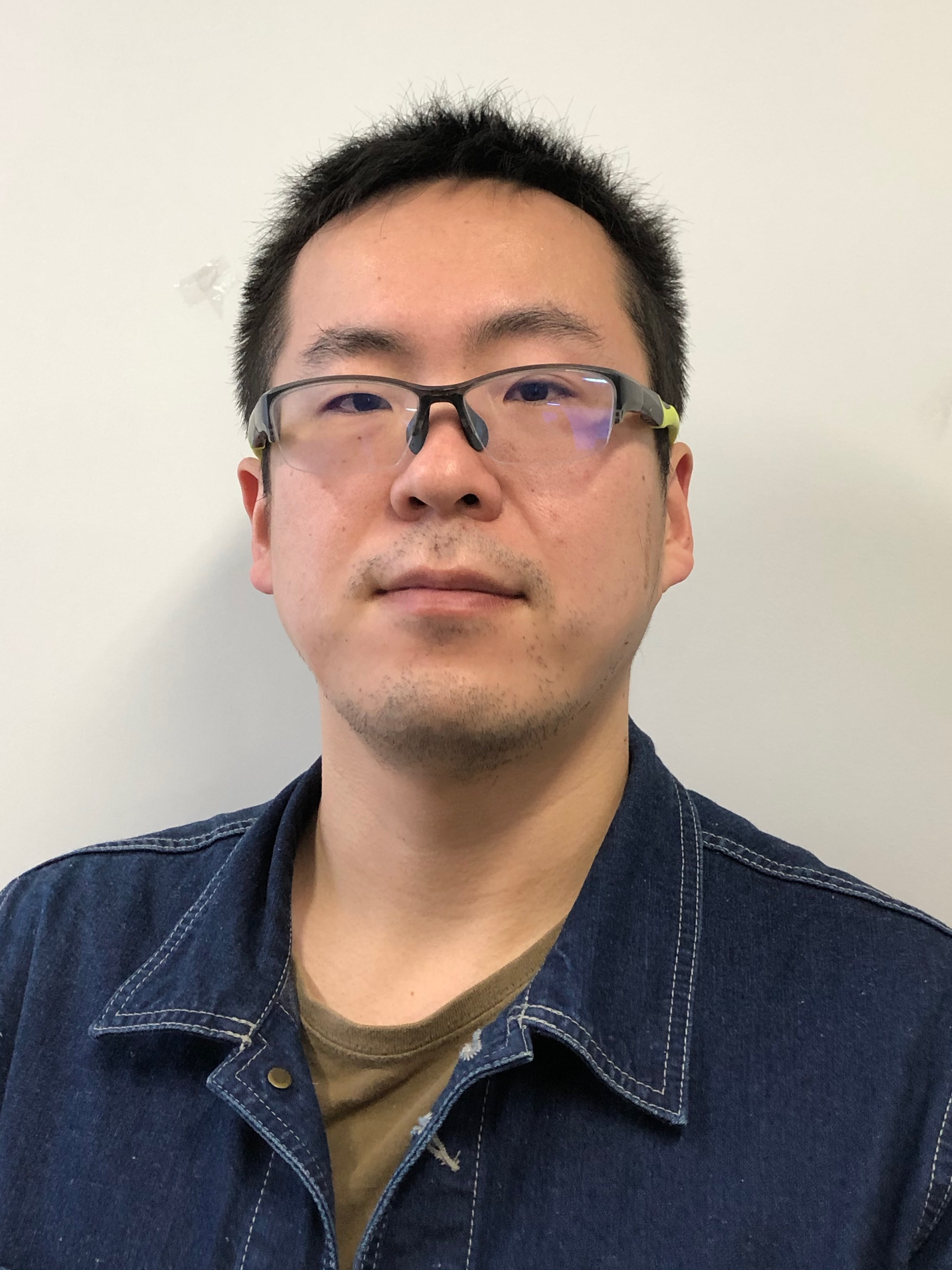KAMIDE LECTURE – ST
|
Masafumi SHOJI ISEE Nagoya University |

|
| Wed-01 Jul | 16:30 – 17:00 | |
|
“Nonlinear interactions between EMIC waves and ions in the inner magnetosphere: Theory, computer simulations and spacecraft observations” |
The electromagnetic ion cyclotron (EMIC) emissions in the geospacer play an important role on the plasma particle loss, acceleration, and heating. Spacecraft observations and simulations show generation of coherent EMIC emissions with rising and falling frequencies. In the inner magnetosphere, the spontaneously triggered EMIC waves are generated through the nonlinear interaction with the energetic protons with large temperature anisotropy. We reproduce EMIC rising and falling tone emissions in the Earth's magnetosphere by real scale hybrid simulations with cylindrical magnetic geometry. The formation of the strong modulation of the energetic proton distribution function, named proton holes is found in the phase space, resulting in the efficient scattering of the energetic protons. We have also derived the theoretical optimum wave amplitude for triggering process of the EMIC nonlinear wave growth. The optimum wave amplitude and the nonlinear transition time show a good agreement with the present simulation result. The nonlinear wave growth over a limited time forms a sub-packet structure of a rising tone emission.
The EMIC rising tone emissions are also studied by employing the wave-particle interaction analysis (WPIA) method to the spacecraft data. By the method, we obtain the phase angle between the particle and wave field to analyze the nonlinear resonant currents controlling the energy transfer and the wave frequency drift. We use the WPIA method with the THEMIS and Arase electromagnetic field and ion particle data to analyze the nonlinear mechanism of the EMIC emissions with different frequency evolutions. The direct evidence of the phase trapping predicted by the nonlinear growth theory is shown in the phase angle distribution of the proton flux. We also detect the nonlinear wave growth associated with the nonlinear resonant current.
Biography
Dr. Masafumi Shoji (born in Osaka, Japan in Feb. 1985) received Bachelor of Engineering from department of Electrical and Electronic Engineering, on March, 2007, and Master of Engineering (March 2009) and the degree of Doctor of Philosophy (March, 2012) from Department of Electrical Engineering of Kyoto University. He was JSPS Research Fellow (PD) at Institute of Space and Astronautical Science, Japan Aerospace Exploration Agency, Japan from April, 2012 to August, 2013. From September 2013, he is a designated assistant professor in Institute for Space-Earth Environmental Research, Nagoya University. His study is computer simulations and spacecraft data analyses on the interactions between plasma waves and ions in the space plasma.